How to Plant a Fruit Tree Guild
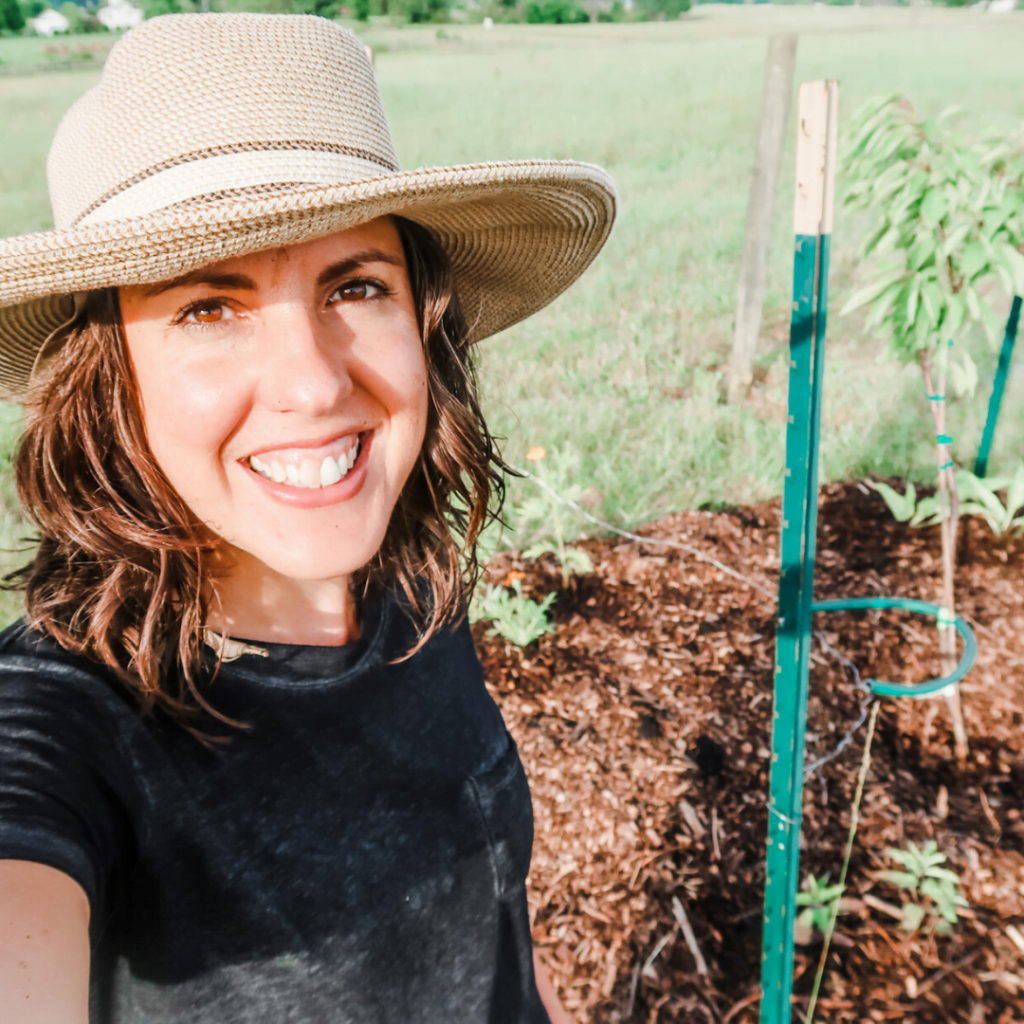
Plan your best garden with simple, step-by-step instructions!
This post may contain affiliate links, which means I make a small commission at no extra cost to you.
See my full disclosure here.
Imagine an orchard that produces a variety of beautiful fruits each year, adds beauty to your homestead, and operates with little human input. If this interests you, I invite you to join me as we learn how to plant a fruit tree guild.
This orchard requires none of the spraying and pest management employed by typical commercial orchards. Instead, a variety of plants creates a diverse ecosystem within the orchard.
Read on to learn all about how to plant a fruit tree guild, or watch this quick video about my first fruit tree guild…
What is a fruit tree guild?
A fruit tree guild is simply a fruit tree underplanted with certain plants that will benefit the tree.
The concept of a fruit tree guild comes from the principles of permaculture, that aim for the greatest possible outcome with the least possible input. Permaculture seeks to work with nature rather than against it.
The plants in a fruit tree guild attract pollinators to improve fruit yields and beneficial insects to eat the pests. Some of the plants enrich the soil with nutrients that feed the tree roots and create a living mulch that nourishes the soil even further.
Certain plants also help to deter pests like deer and voles. What’s more, certain plants can be located nearby to attract birds who will help to control pest populations.
Sounds dreamy, doesn’t it?
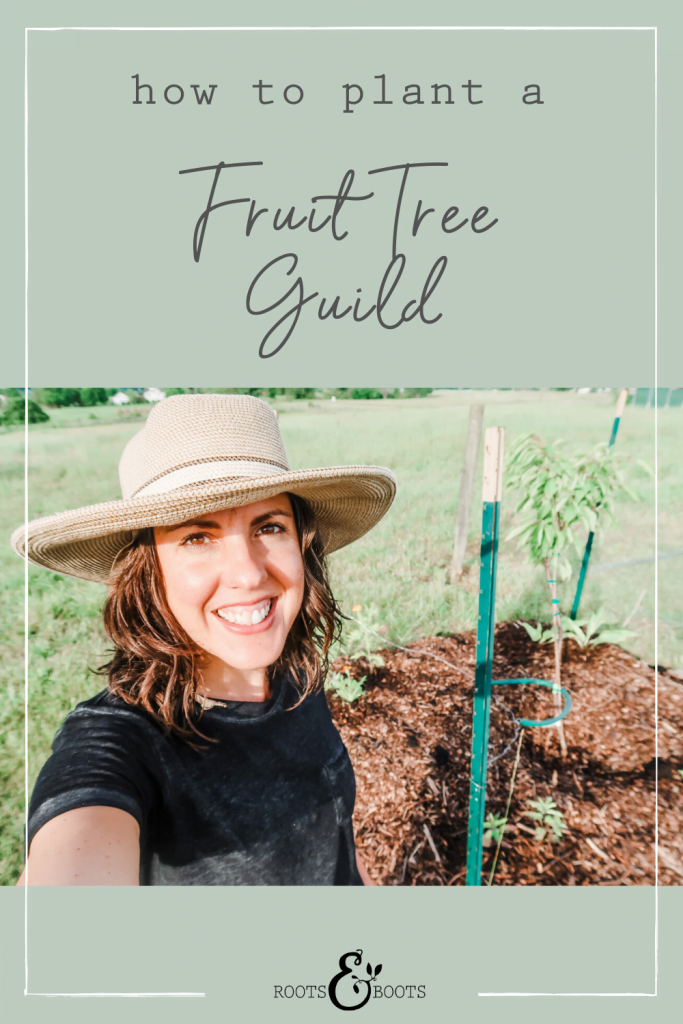
How to Plant a Fruit Tree Guild
We’ll cover each step in greater detail below, but the nutshell version is this:
- Lay sheet mulch
- Plant a fruit tree
- Add specific plants around the tree
- Watch your guild flourish
Step one: sheet mulch
I covered this topic in greater detail in my post about No Till Gardening. If you prefer video format, check out the video I made about the same topic.
The basic concept is that we want to leave all the healthy microorganisms intact in the soil, and we want to create an environment that attracts even more decomposers, fertilizers, and soil aerators, etc.
Therefore, we add layers on top of the existing soil and plants. These layers will decompose and blend into a rich, fertile soil that will feed our fruit tree guild.
More details below…
Step two: fruit tree
Again, if you haven’t planted your trees yet, you might consider waiting a year. This year, create your sheet mulch. Next year, plant your tree and additional plants.
When it’s time to plant, just sink a young tree into a hole in the middle of the guild. Keep the mulch back a bit from the trunk of the tree.
In my case, the trees were planted two years ago and this year I’m adding guilds around each one. I was careful to keep my sheet mulch layers pushed back a bit from the trunks of each tree.
Step three: key plants
Next comes the fun part: adding plants to your fruit tree guild! It’s not an exact science, but more of a loose guide to choosing plants that fulfill specific functions.
We’re looking for plants that attract pollinators and beneficial insects, deter pests, suppress grass, create a living mulch, and make nutrients available to the roots of the tree. Bonus points for edible or medicinal plants.
More details below…
Step four: healthy guild
Now you can sit back and watch your fruit tree guild do its thing! If all goes well, you should have a diverse ecosystem that will fertilize and pollinate itself, deter pests, and produce an abundant harvest.
How to lay sheet mulch
The size of your mulched patch for a future fruit tree guild depends on many variables, but an 8 x 8 size is a good goal.
First layer: Animal manure
Any kind of livestock manure will do: cow, horse, chicken, rabbit, alpaca, llama, etc. Usually, most manures should be aged before adding to the vegetable garden. However, in the case of the fruit tree guild, it seems acceptable to use fresh manure.
If you’ll be planting right away and want to be on the safe side, you should plan to use aged manure. The exception to this rule is rabbit poop, along with alpaca and llama poop, I’m told. Manure from these animals can be used in the garden right away.
Spread the manure right on top of the grass or weeds.
Note: alternatively, you can use rich compost or even lots of leaves for this first layer.
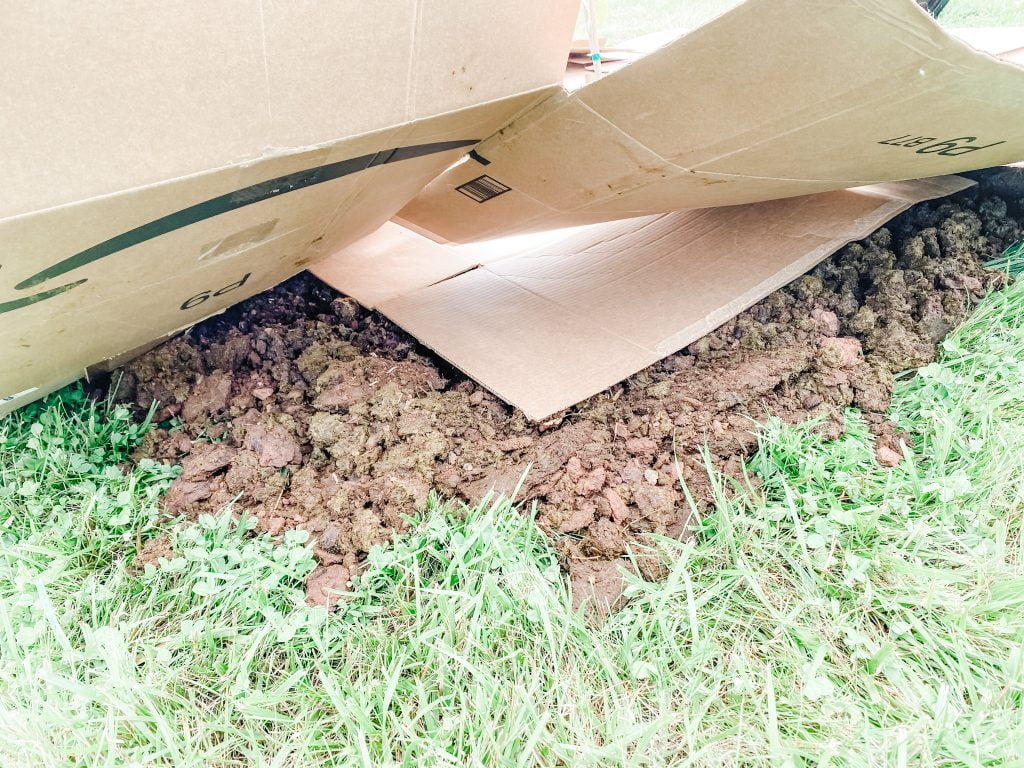
Second layer: newspaper or cardboard
Spread thick layers of newspaper or cardboard on top of the manure.
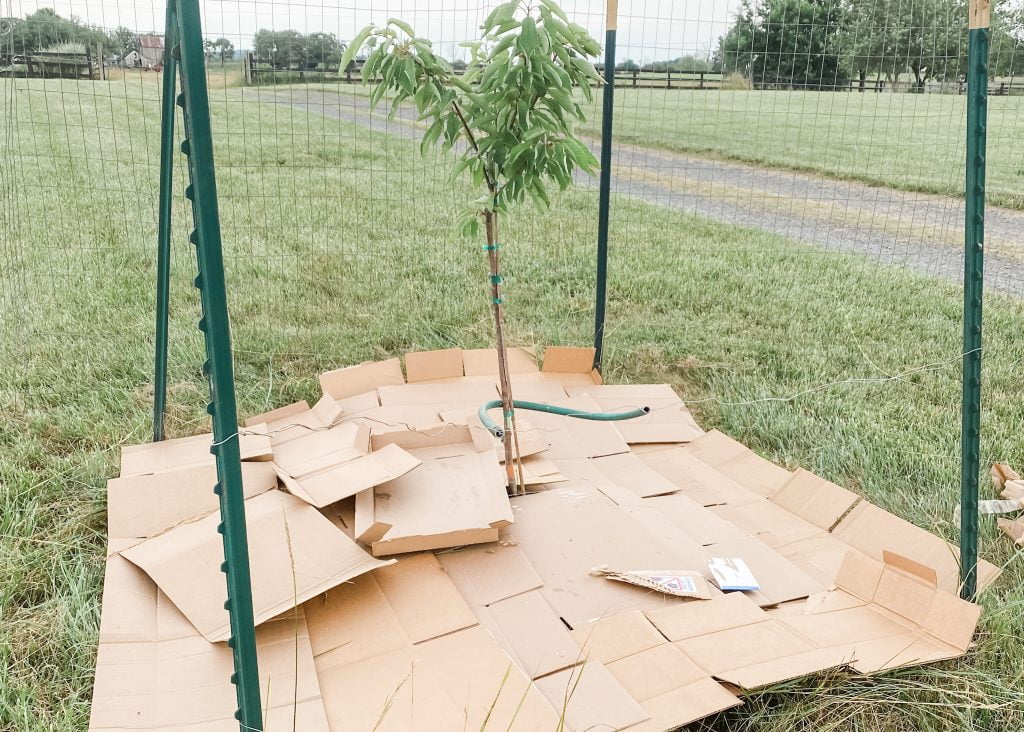
Third layer: compost
If you can prep your fruit tree guild the year before planting, this third layer is not necessary. However, I’m actually guilding existing young fruit trees and wanted to add my beneficial plants right away.
Therefore, I felt better about giving those plants something to grow in without having to wait months or a year for the layers to compost. So I added a thick layer of good, rich compost on top of my layer of cardboard.
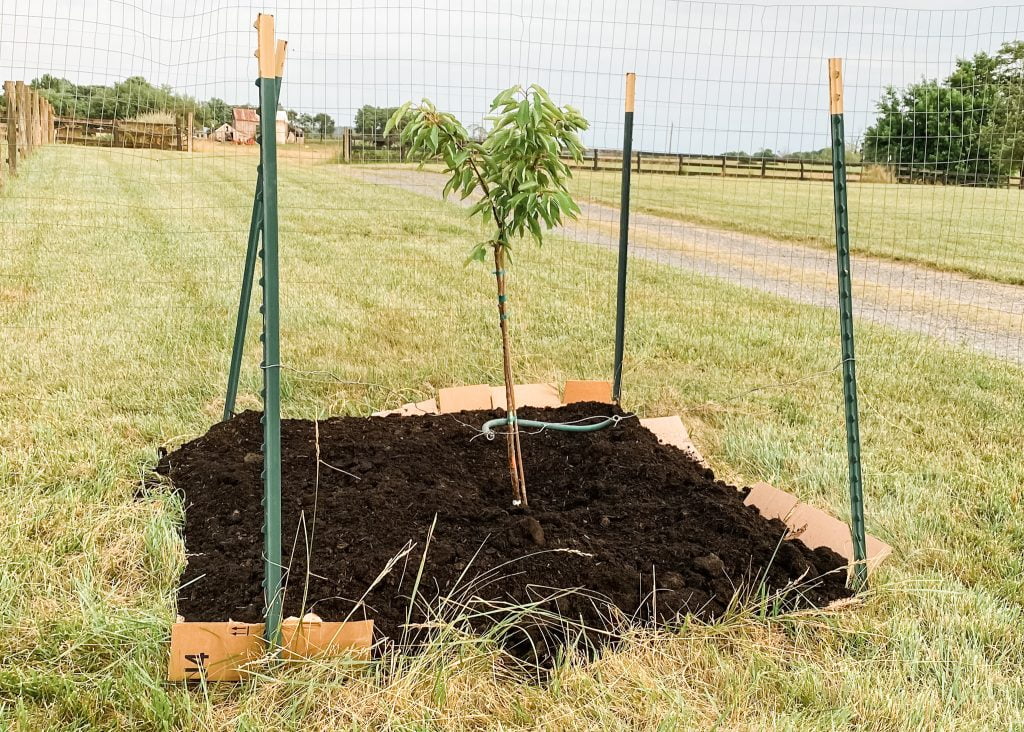
Fourth layer: wood chips
Finally, top off your future fruit tree guild with a thick layer of wood chips.
For immediate plantings, choose wood chips that have aged at least three months. For future plantings, feel free to use fresh chips.
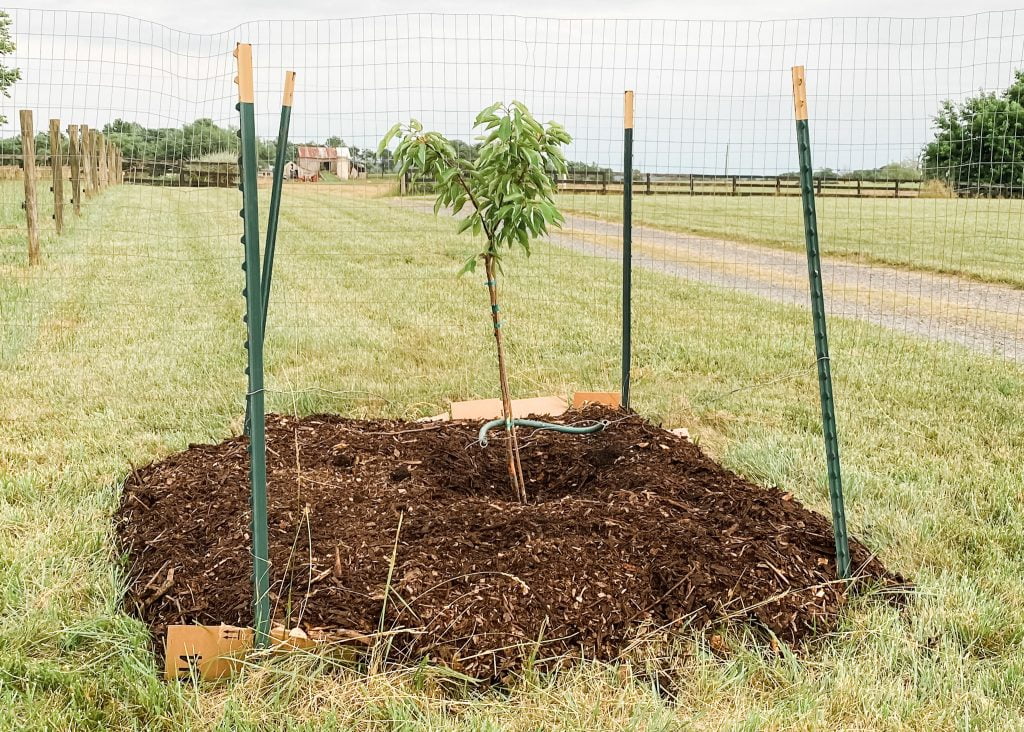
8 functions of plants in the fruit tree guild
We want to establish plants under our free trees that will contribute to the health of the tree. Many of these plants will play multiple roles in the fruit tree guild.
- Mulch: Let your guild produce its own mulch. Some plants create a living mulch and can also be slashed for use as a green mulch.
- Insectary: Attract predatory wasps, praying mantis, lady bugs, and other beneficial insects that feast on pests.
- Pollinator: Lure butterflies and bees to pollinate and boost fruit yield.
- Fertilizer (nutrient accumulators & nitrogen fixers): Plants like yarrow and comfrey mine deep soil to bring up important nutrients to the roots of the fruit tree.
- Pest repellent: Some plants give off substances that confuse or repel pests.
- Wildlife deterrent: Other plants contain toxins that deter wildlife like rodents and deer.
- Edible/medicinal: Why not grow plants that, while benefiting the fruit tree, also produce food or medicine for you?
- Grass suppressant: Grasses compete for nutrients with tree roots. The shallow roots of bulbs help to keep grasses out of the guild.
Plants for your fruit tree guild
This is where you get to play around. Options abound, but these are the plants I’ve chosen to include in my guilds.
- Bee balm: pollinator, pest repellent, medicinal
- Black eyed Susan: insectary
- Calendula: edible, medicinal, living mulch, insectary, pest repellent
- Comfrey: grass suppressant, living mulch, insectary, nutrient accumulator, medicinal
- Daffodils: grass suppressant, wildlife deterrent (deer, voles, and gophers)
- Dill: insectary, pollinator, pest repellent, edible
- Echinacea: pollinator, medicinal
- Goumi berry: nitrogen fixer, edible
- Lupine: nitrogen fixer, deer repellent
- Nasturtium: pest repellent, living mulch, edible
- Yarrow: insectary, pest repellent, living mulch, nutrient accumulator, medicinal
Other plants to consider:
- Artichoke
- Blue wild indigo
- Camas
- Clover, Dutch
- Coriander
- Dandelion
- Fava beans
- Fennel
- Garlic
- Garlic chives
- Mint
- Plantain
- Rhubarb
- Strawberries
What do you think? Are you as excited as I am about learning how to plant a fruit tree guild? I can’t wait to hear about your experience!
Books for further reading:

Sign up NOW for my best tips delivered weekly to your inbox!
You’ll also get instant access to my library of free ebooks and resources.




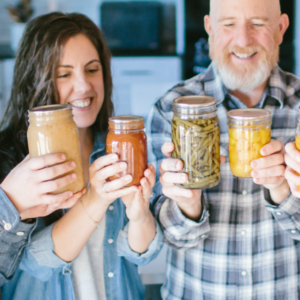
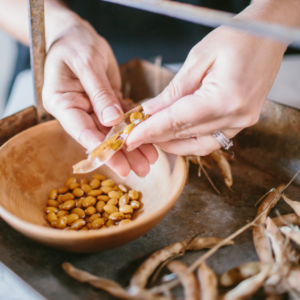
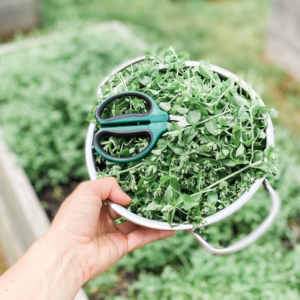
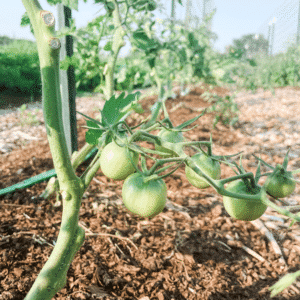
Leave a Comment